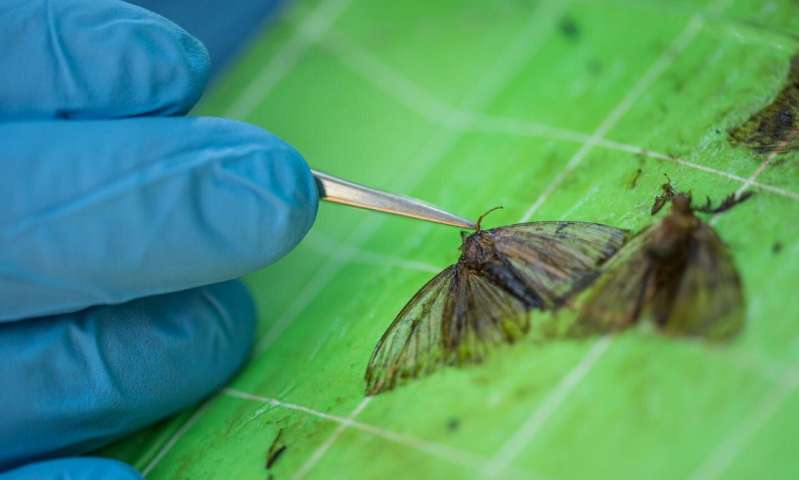Portable DNA device can detect tree pests in under two hours
20. 7. 2020 | Phys.org | www.phys.org
Asian gypsy moths feed on a wide range of important plants and trees. White pine blister rust can kill young trees in only a couple of years. But it's not always easy to detect the presence of these destructive species just by looking at spots and bumps on a tree, or on the exterior of a cargo ship.
Now a new rapid DNA detection method developed at the University of British Columbia can identify these pests and pathogens in less than two hours, without using complicated processes or chemicals—a substantial time savings compared to the several days it currently takes to send samples to a lab for testing.

The method, demonstrated in a preview last year for forestry policymakers in Ottawa, is straightforward. Tiny samples like parts of leaves or branches, or insect parts like wings and antennae, are dropped into a tube and popped into a small, battery-powered device (the Franklin thermo cycler, made by Philadelphia-based Biomeme). The device checks to see if these DNA fragments match the genomic material of the target species and generates a signal that can be visualized on a paired smartphone.
Read more at Phys.org
Image Credit: Paul H Joseph/UBC
-jk-




